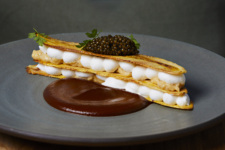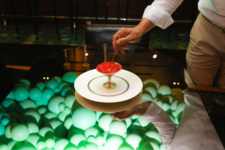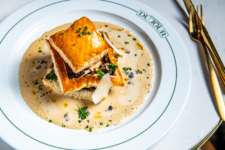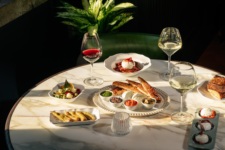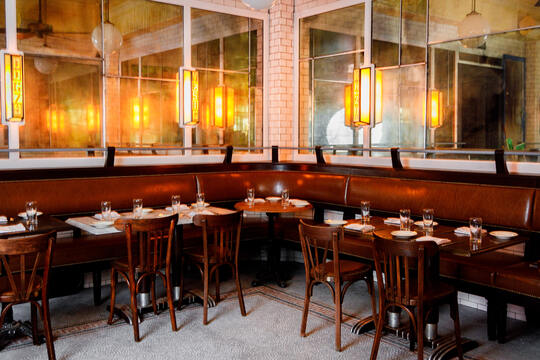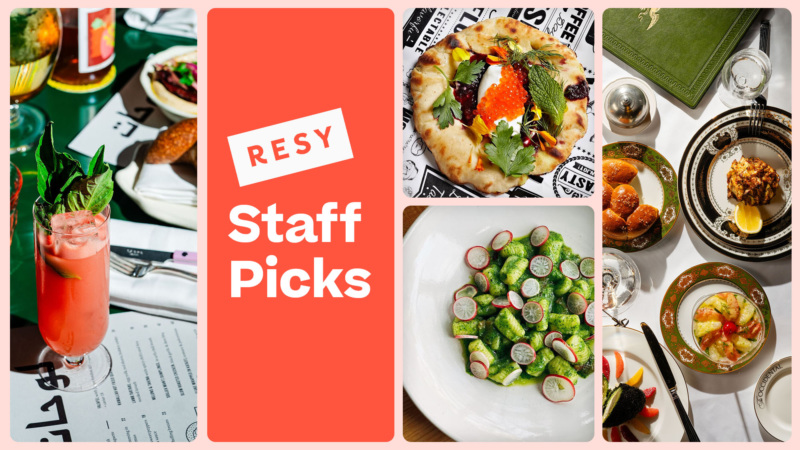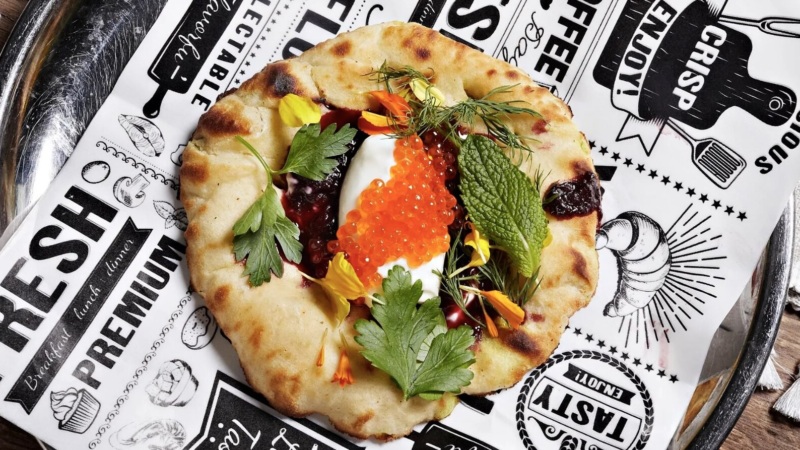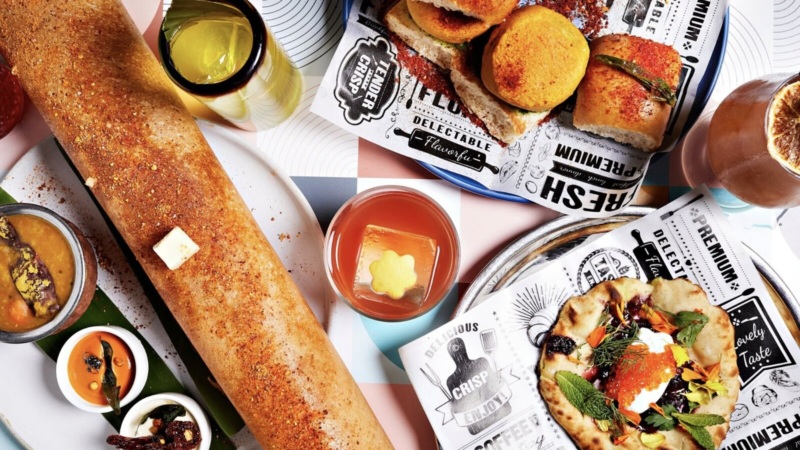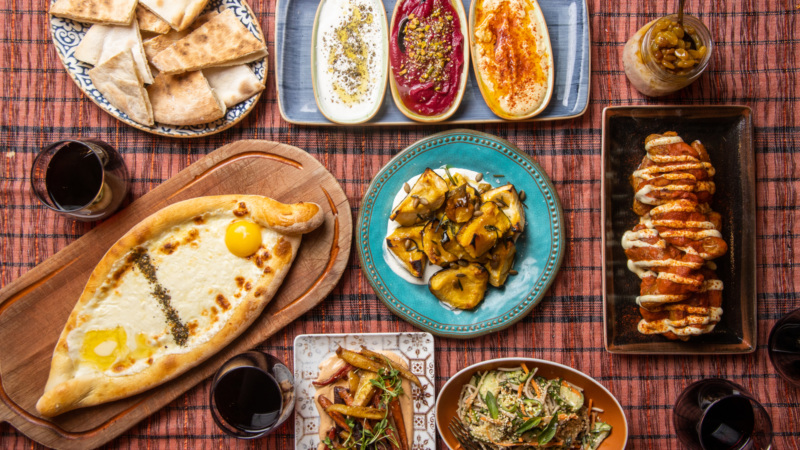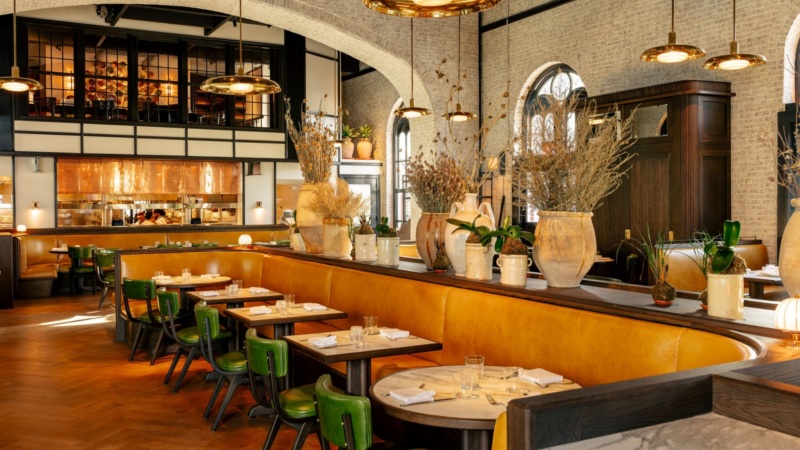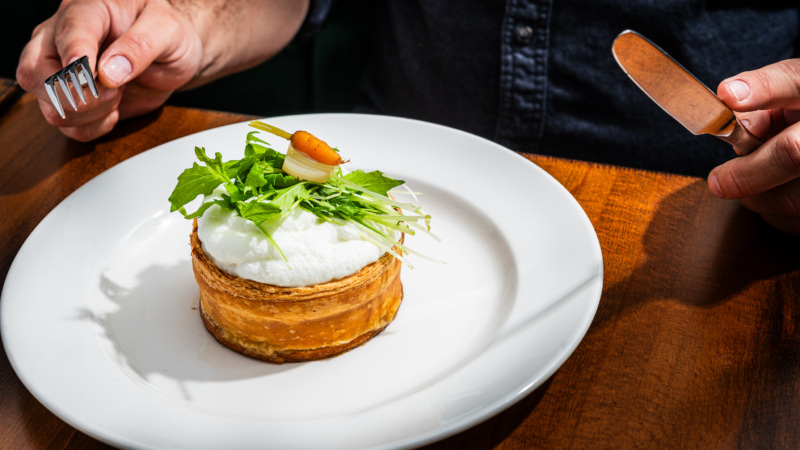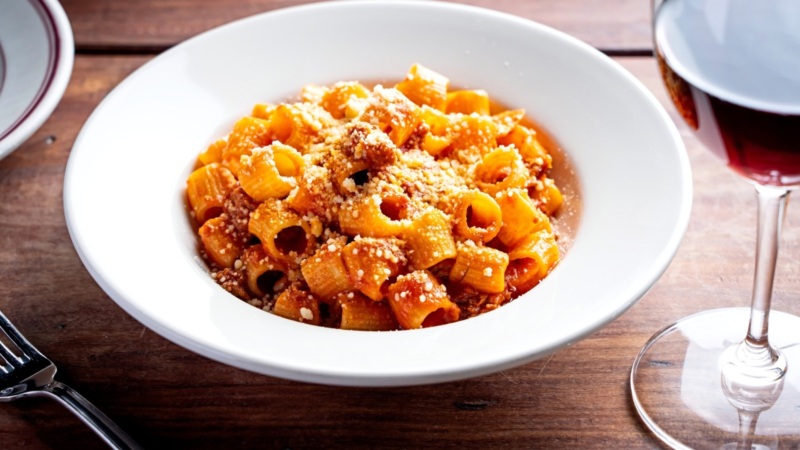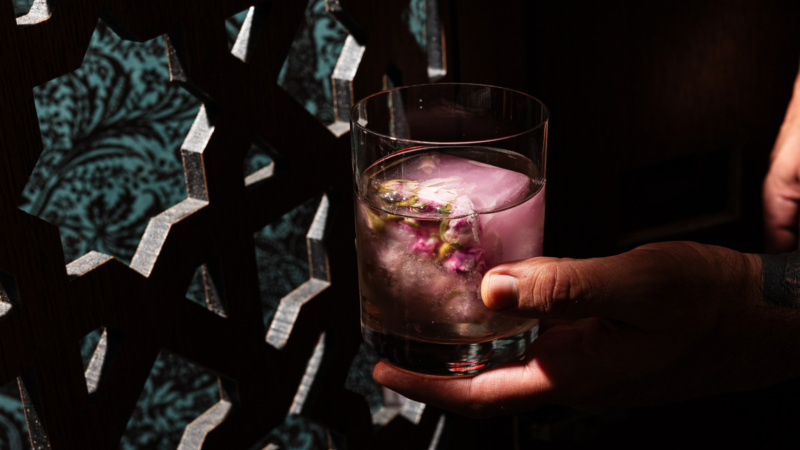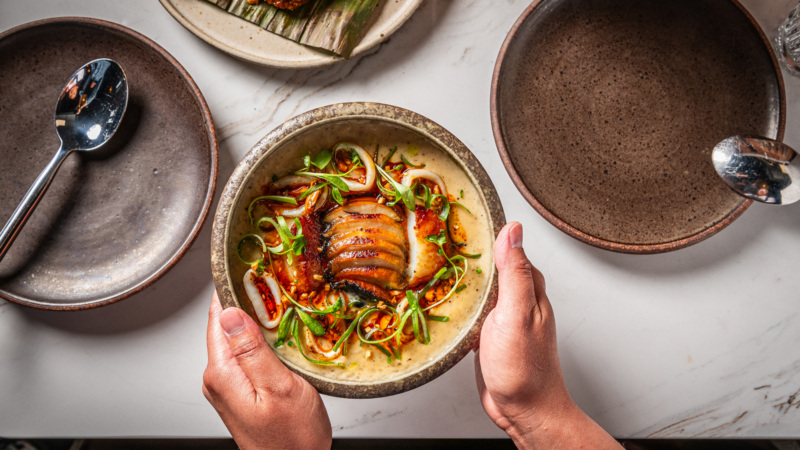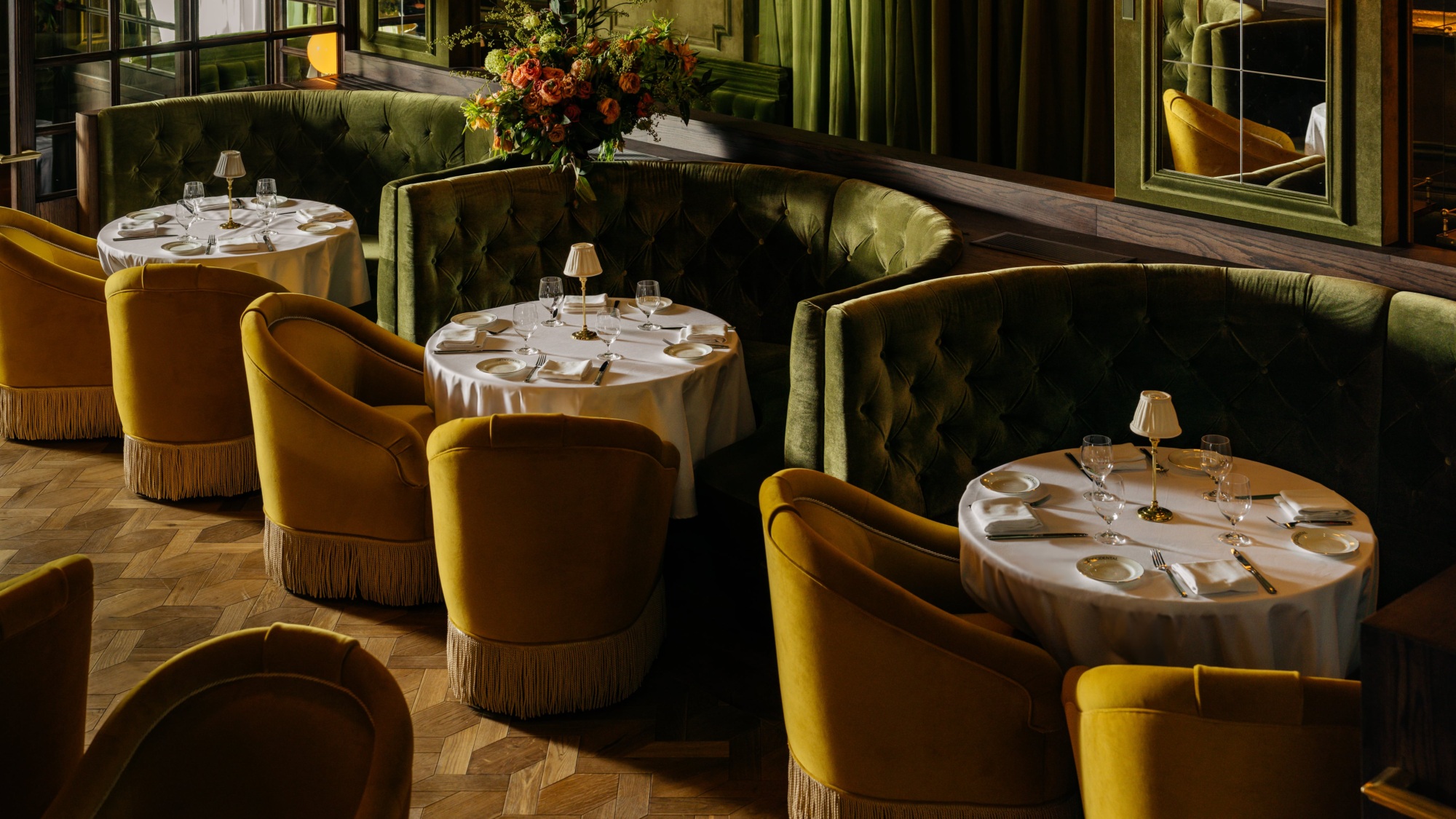
Step Inside The Occidental, Where D.C.’s Dining History Lives Large
The Occidental stands prominently on Pennsylvania Avenue NW, as one of the oldest and longest running restaurants in our nation’s capital.
At its peak, this glamorous restaurant was the epitome of fine dining in Washington, D.C., and over time, it’s where politicians, as well as visiting celebrities and luminaries, have stopped to eat.
Today, restaurateur Stephen Starr has reinvigorated the space with sleek finishes, cozy booths, and white tablecloth service. And if these walls could talk, they would probably whisper of the backroom deals and lobbying that The Willard Hotel is best known for being as a landmark address in D.C.
“What we hope is that The Occidental isn’t just a place to be seen, but [a place] to really feel transported to another era of dining,” Starr says. “You don’t have to be a president or a senator to come here to experience power dining.”
The 280-seat Occidental is Starr’s most upscale Washington restaurant yet, with perfectly executed martinis and a menu laden with iconic American dishes and, you guessed it, steakhouse favorites. Because while political administrations come and go, what doesn’t change is D.C.’s dealmaking served with a side of beef.
More From D.C.
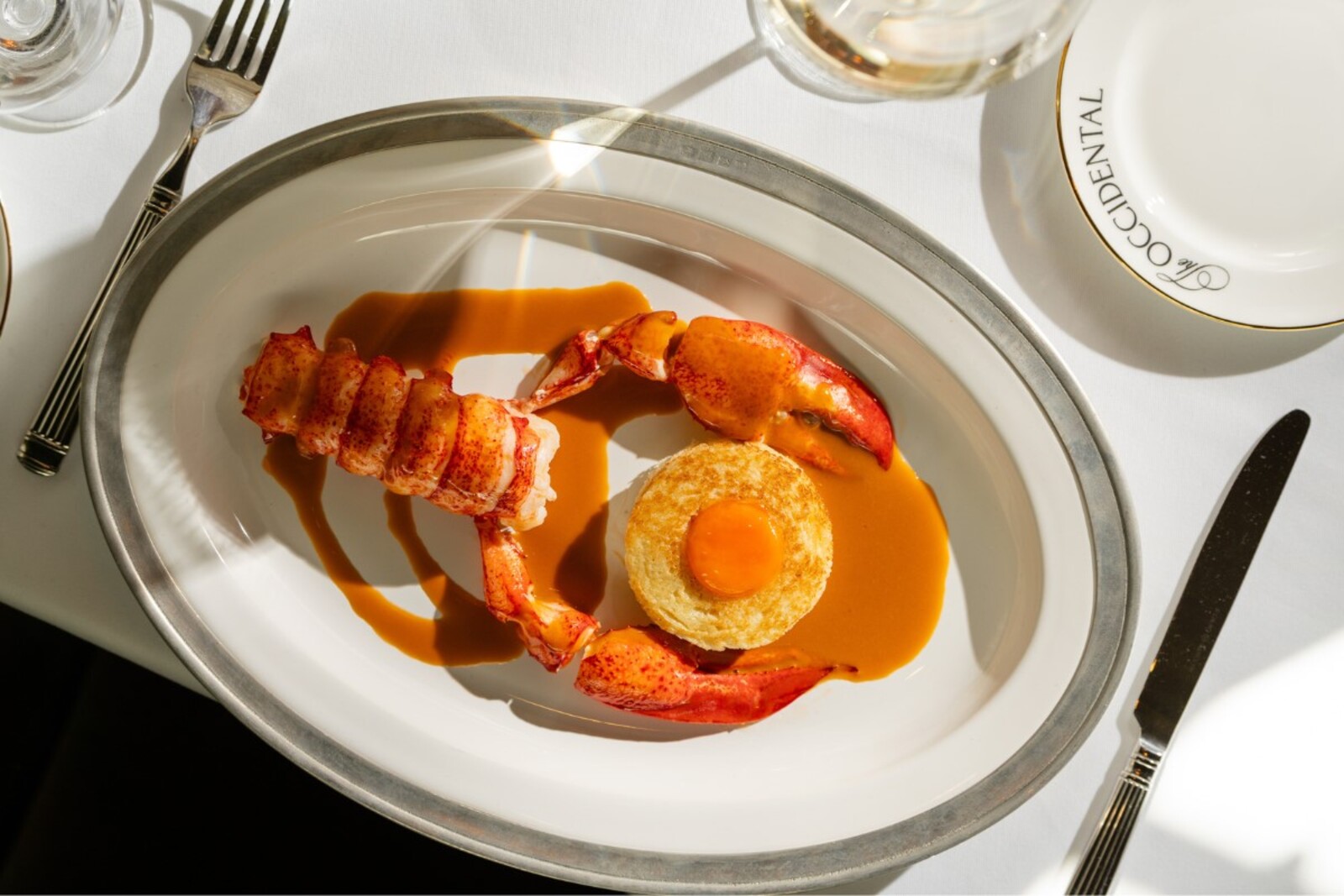
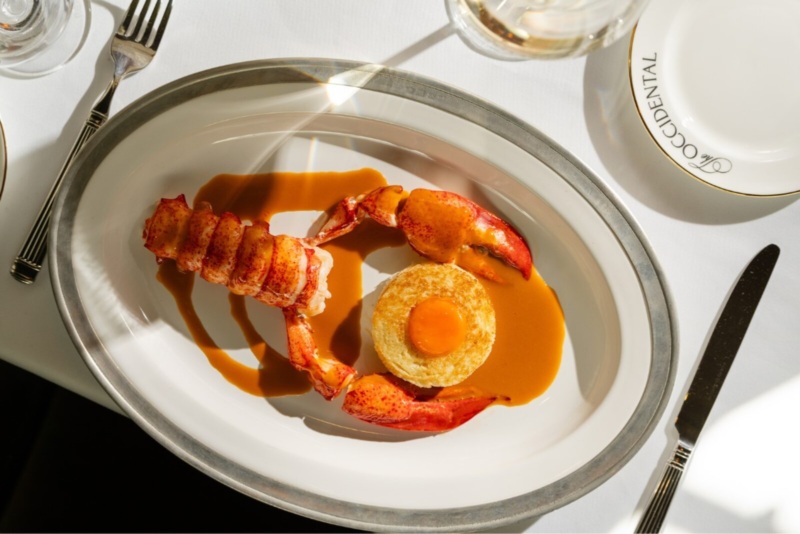
Old-School Americana is on the menu.
The Occidental’s menu is focused on reviving classic American fare, plus some iconic D.C. dishes and beyond. The kitchen is led by chef Neil O’Connell, an alum of Pastis in Miami.
His must-order dish is the pork chop, and it’s one of Starr’s favorites. “Since I’m a history buff, it has to be,’” he says. This was a dish and an actual meal in 1962 between the Soviet emissary and an American correspondent, which hammered out an end to the Cuban Missile Crisis — dining table diplomacy as it’s known in Washington, D.C.
But it’s not just this dish that sets The Occidental apart. The restaurant is a grand gesture to classic American haute cuisine. This includes old-school dishes like shrimp Louie, a bright, citrusy turn-of-the-century salad, hailing from San Francisco; and lobster Newberg, a cognac-and-cream-laced lobster, popularized more than a century ago by New York’s legendary Delmonico’s.
And here’s something you don’t see too often these days — roasted pheasant presented tableside under a glass dome to preserve the juiciness of the bird and paired with seared foie gras and jus poured upon command.
Rounding out the menu are American steakhouse favorites, including a salt-crusted prime rib, a French dip, and a New York strip served with a choice of accompaniments, as well as Dover sole.
In keeping with this theme, The Occidental has revived iconic American desserts such as the famed baked Alaska, coconut chiffon cake, and a New Orleans-inspired bananas Foster, flambéed tableside as they would at Brennan’s.
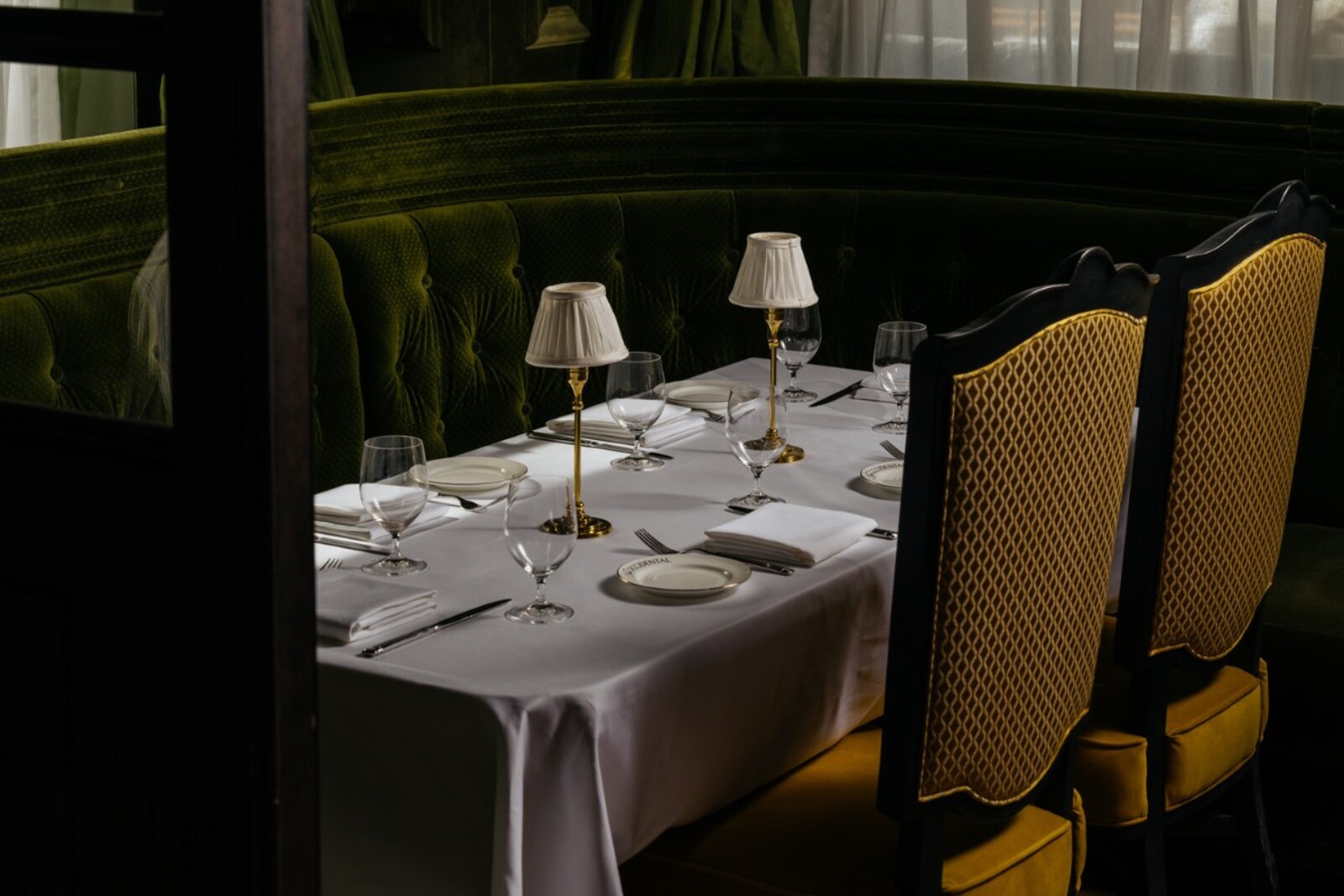
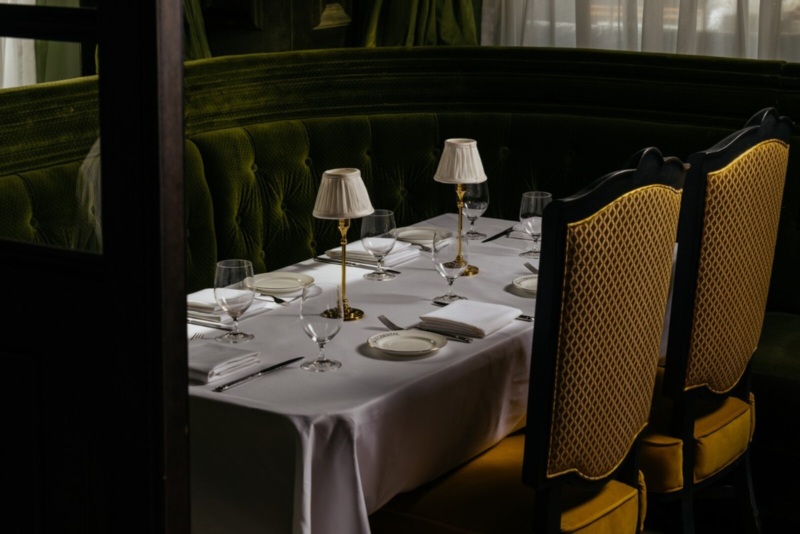
It’s Starr’s most aesthetic restaurant yet.
Inside, The Occidental is designed to be attention grabbing, yet easy on the eyes.
In fact, the beauty is in the details, from custom plateware to velvet-adorned walls and banquettes. Guests enter through brass doors and into an entryway featuring a black-and-white marble floor in a radiating starburst pattern before stepping into a dining room replete with vintage touches, from aged parquet floors and crystal chandeliers to the jewel-toned walls.
“We want everyone to come in and be wowed by the setting,” Starr says. “To settle into a cozy velvet banquette, sip a perfectly made martini, try a really interesting dish you won’t see anywhere else, like lobster Newberg.”
To bring his vision to life, Starr hired a boutique designer Ken Fulk (known for Carbone Miami and ZZ’s Club in New York) to revive the restaurant’s rich history.
Among the historic highlights: The collection of framed portraits that once lined nearly every inch of the restaurant’s walls has been restored in black and white and hung floor-to-ceiling in the new Occidental. And there’s a 1930s-era postcard depicting the original Occidental dining room, which bled into the rich hues of the present-day room.
“We’ve also created a plaque celebrating the lunch that ended the Cuban Missile Crisis and saved the world from nuclear war,” Starr says. “We want guests to have fun seeking these things out knowing they’re a little piece of the incredible history.”
There are several spaces for sipping and socializing.
The seductive Art Deco bar and a separate, second-floor cocktail lounge offer two distinct options for guests to perch, sip, nosh on caviar, and converse with fellow patrons.
Next up is the patio’s debut, overlooking Pennsylvania Avenue. That’s weather dependent and expected later this spring, followed by brunch, also coming soon.
An airy 3,200-square-foot courtyard evokes a secluded garden, with wrought-iron seats slipcovered in dainty, striped textiles, and lush greenery providing plenty of ambience and evoking something like a spa retreat to The Greenbrier or Omni Homestead.
“The restaurant definitely benefits from being next to the historic Willard Hotel, but we also want it to feel like a destination restaurant across Maryland, D.C., and Virginia,” Starr says.

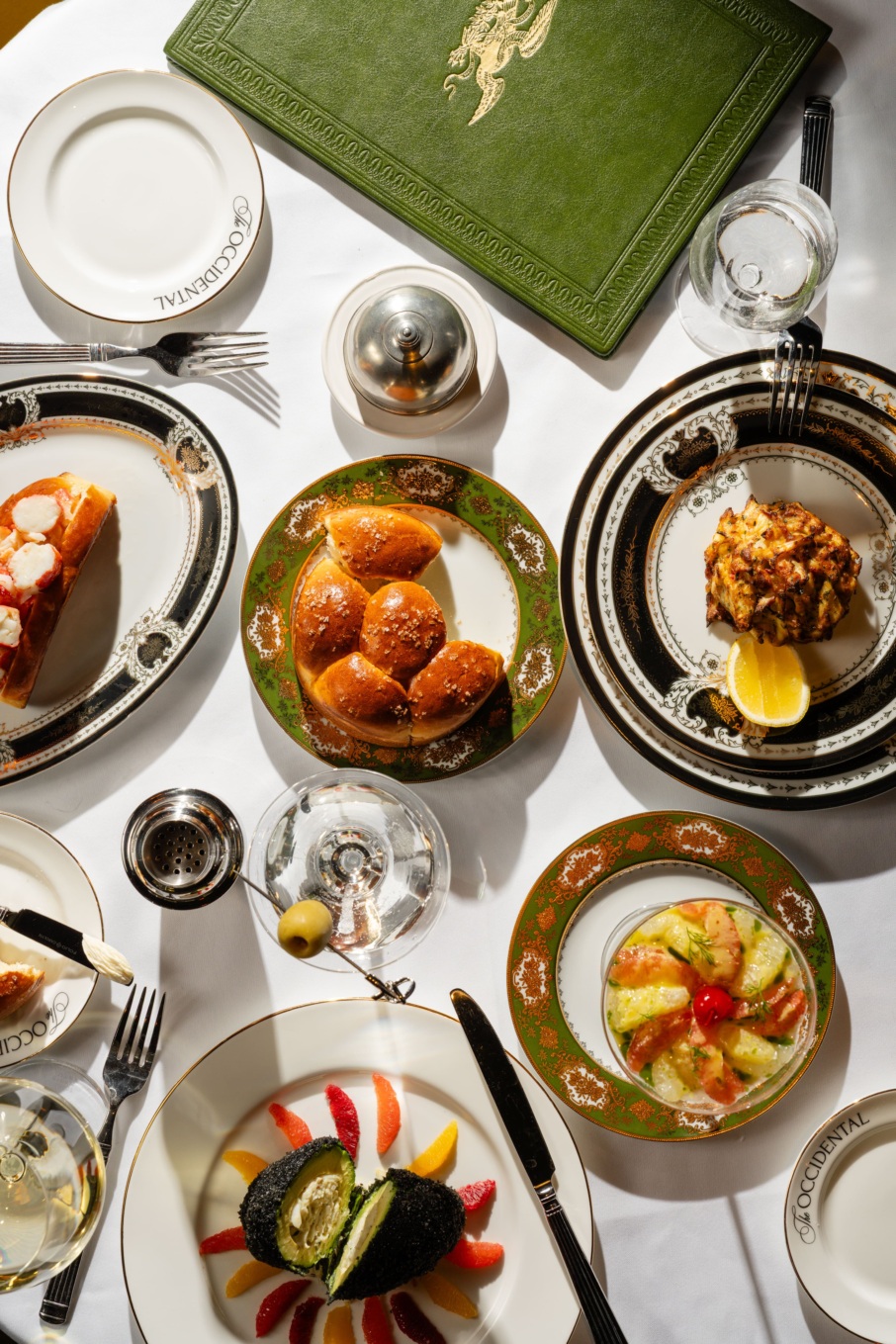
The bar fashions up classic cocktails.
Starr Restaurants’ director of bar operations Mark Murphy has dreamed up an amazing opening act for his cocktail menu, which is focused on classics, perfectly executed.
Mainly, you’re here to drink a martini. From The Occidental Martini, a luxe mix of Belvedere vodka, Cocchi di Torino vermouth, manzanilla brine, and sea salt, to a 50/50 (half-gin, half-vermouth) martini, each delivered to table chilled and poured in front of you.
The menu features more than 50 gins and vodkas to personalize their martinis or choose from over 80 whiskeys in the Whiskey Lounge collection to make an ideal Manhattan.
The wine list is among the most expansive of any of Starr’s D.C. restaurants and includes regions from around the world, like California and Washington, to Western Europe and Lebanon and Armenia.
With the drinks program adding to an already impressive set of credentials, the restaurant is expected to be popular, and the best way to grab a table is by reservation, Starr says. “It’s the best way to avoid a long wait for a table,” he says.
